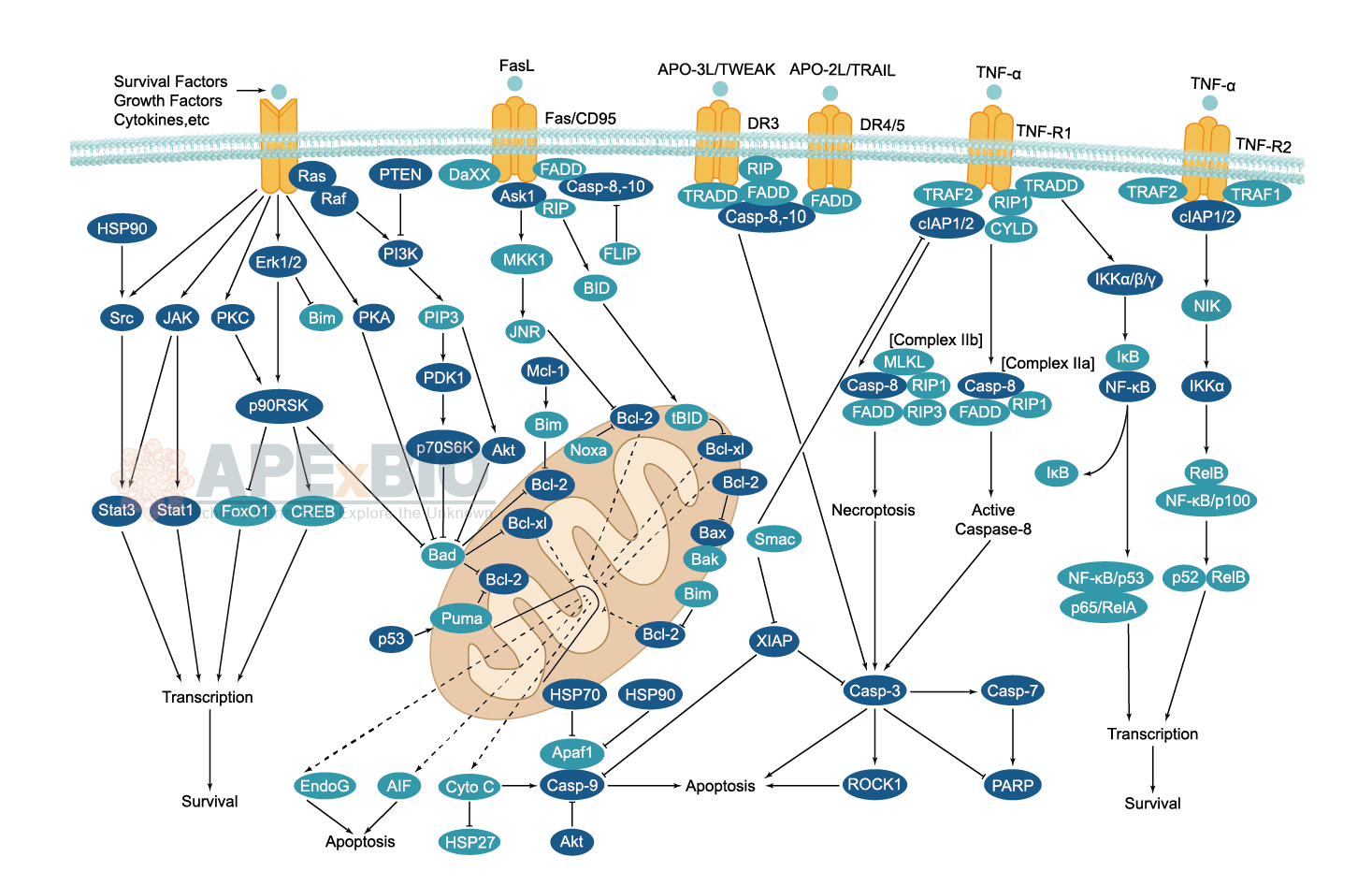Apoptosis
Apoptosis, also known as programmed cell death, is rigorously controlled process of cell death that leads to phagocytosis of unwanted cell. It is triggered after sufficient cellular damage and activated through extrinsic or intrinsic pathways. The intrinsic pathway is mainly occurs via release of cytochrome c from the mitochondria and regulates mitochondrial outer membrane permeabilization by Bcl-2 family proteins. The extrinsic pathway is induced by ligand binding to death receptor, such as Fas, TNFαR, DR3, DR4, and DR5. Caspases then cleave target proteins and nuclear lamins to promote DNA degradation, resulting apoptotic cells undergo phagocytosis. In addition, p53 has the ability to activate intrinsic and extrinsic pathways of apoptosis by inducing transcription of several proteins like Puma, Bid, Bax, TRAIL-R2, and CD95.
Some Inhibitors of apoptosis proteins (IAPs), such as XIAP/BIRC4 and Bruce/BIRC6, can block casapse activity through direct binding, while other IAPs, such as cIAP1/BIRC2, cIAP2/BIRC3, act as ubiquitin ligases that target caspases for ubiquitin-mediated degradation. Apoptosis is essential for growth, development and aging in multicellular organisms. Any alterations or abnormalities occurring in apoptotic processes contribute to development of human diseases, including cancer.
-
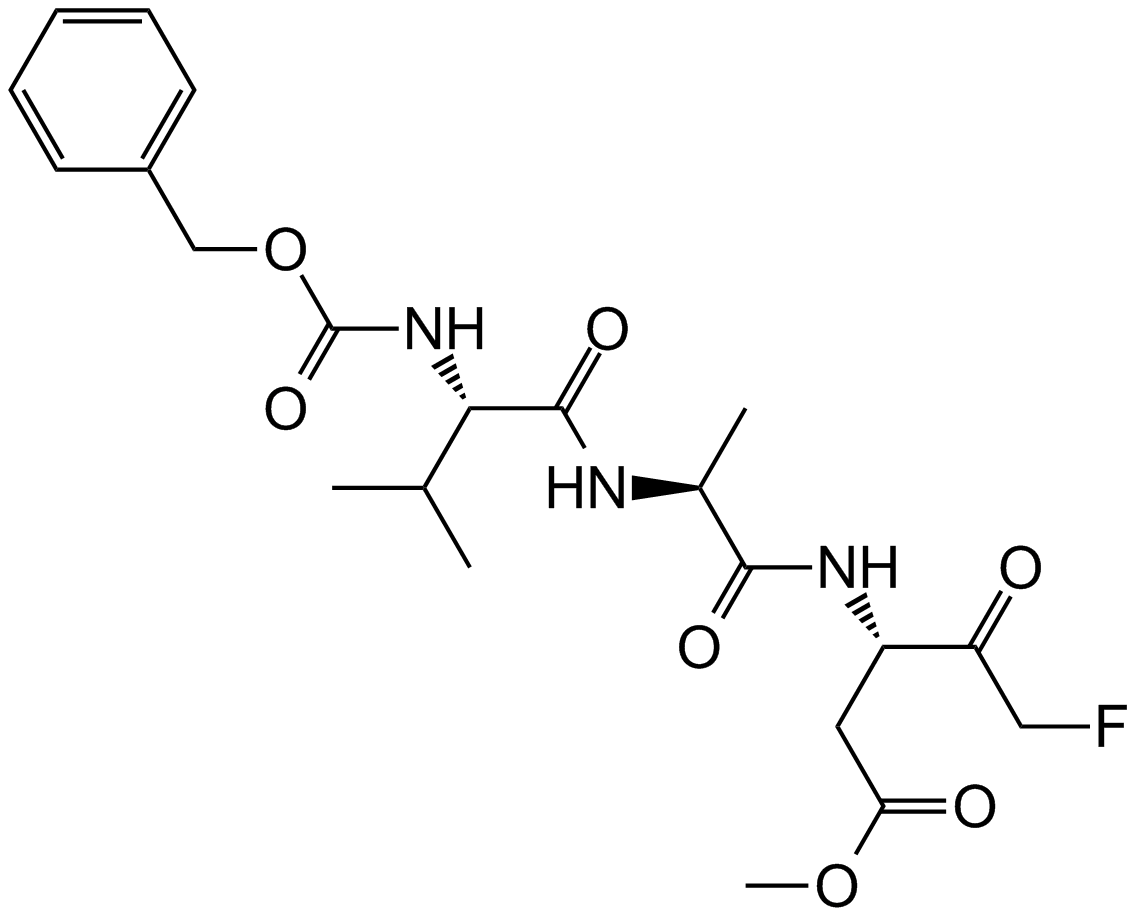 A1902 Z-VAD-FMK211 CitationTarget: CaspasesSummary: pan-caspase inhibitor
A1902 Z-VAD-FMK211 CitationTarget: CaspasesSummary: pan-caspase inhibitor -
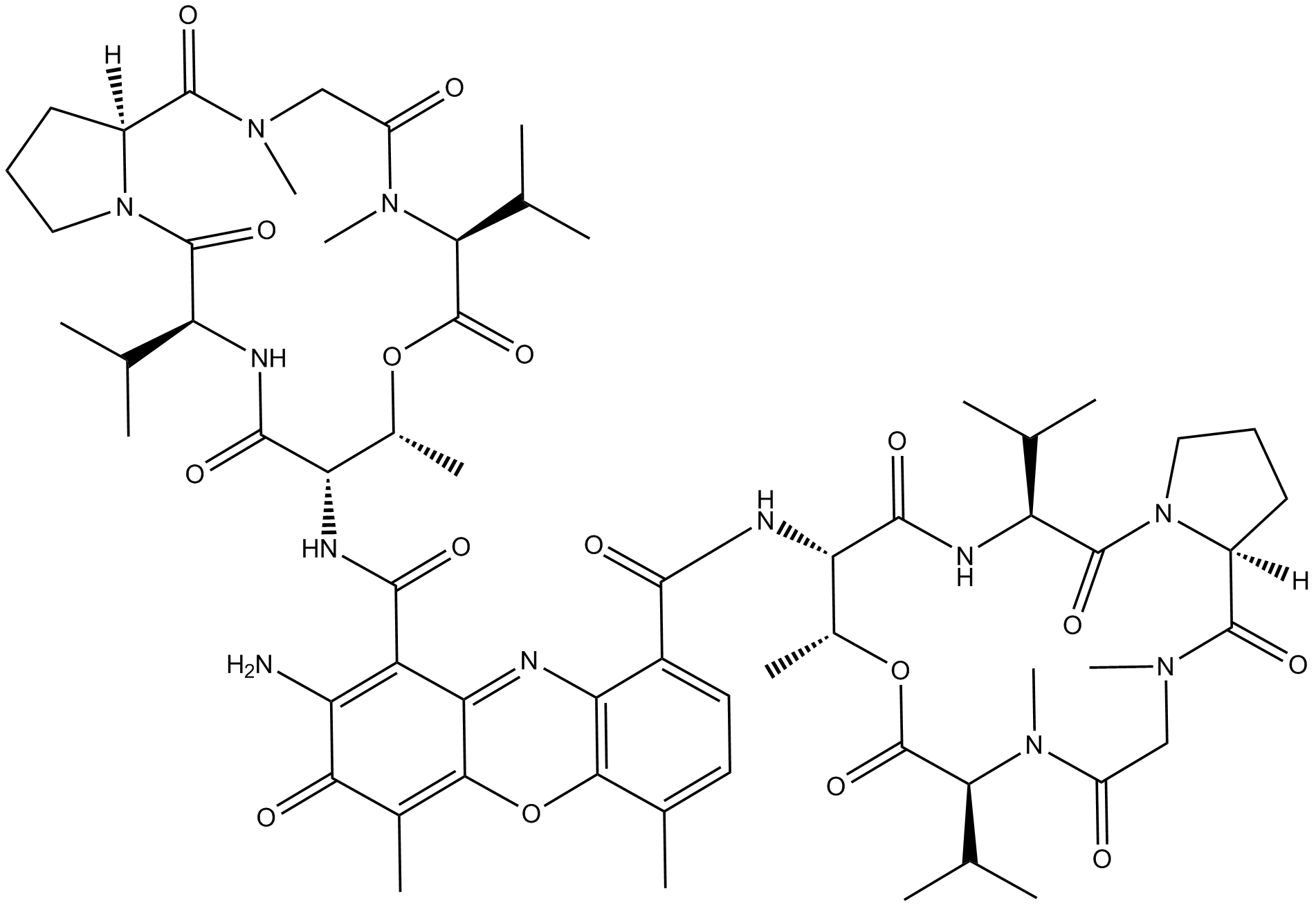 A4448 Actinomycin D53 CitationSummary: RNA polymerase inhibitor
A4448 Actinomycin D53 CitationSummary: RNA polymerase inhibitor -
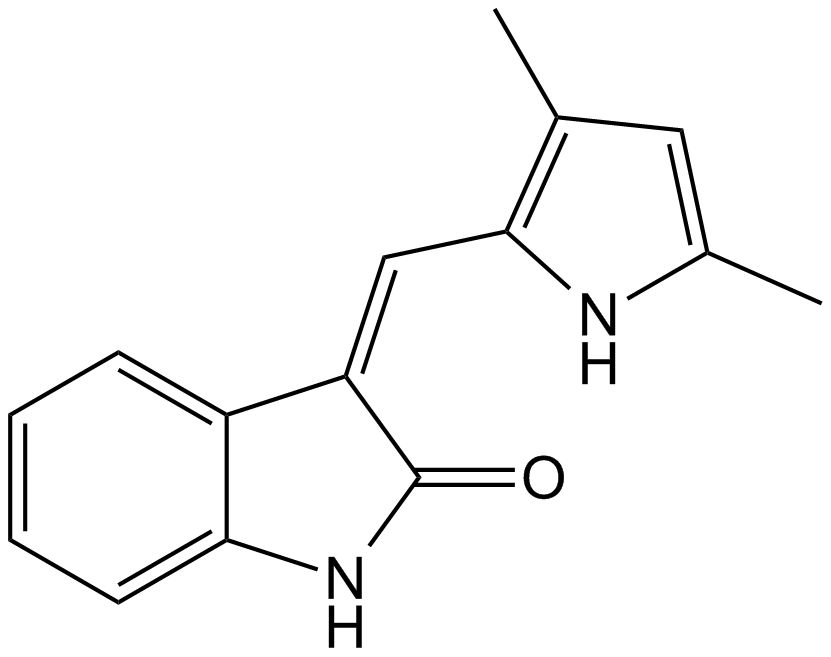 A3847 SU54168 CitationTarget: VEGFRSummary: VEGFR2 inhibitor
A3847 SU54168 CitationTarget: VEGFRSummary: VEGFR2 inhibitor -
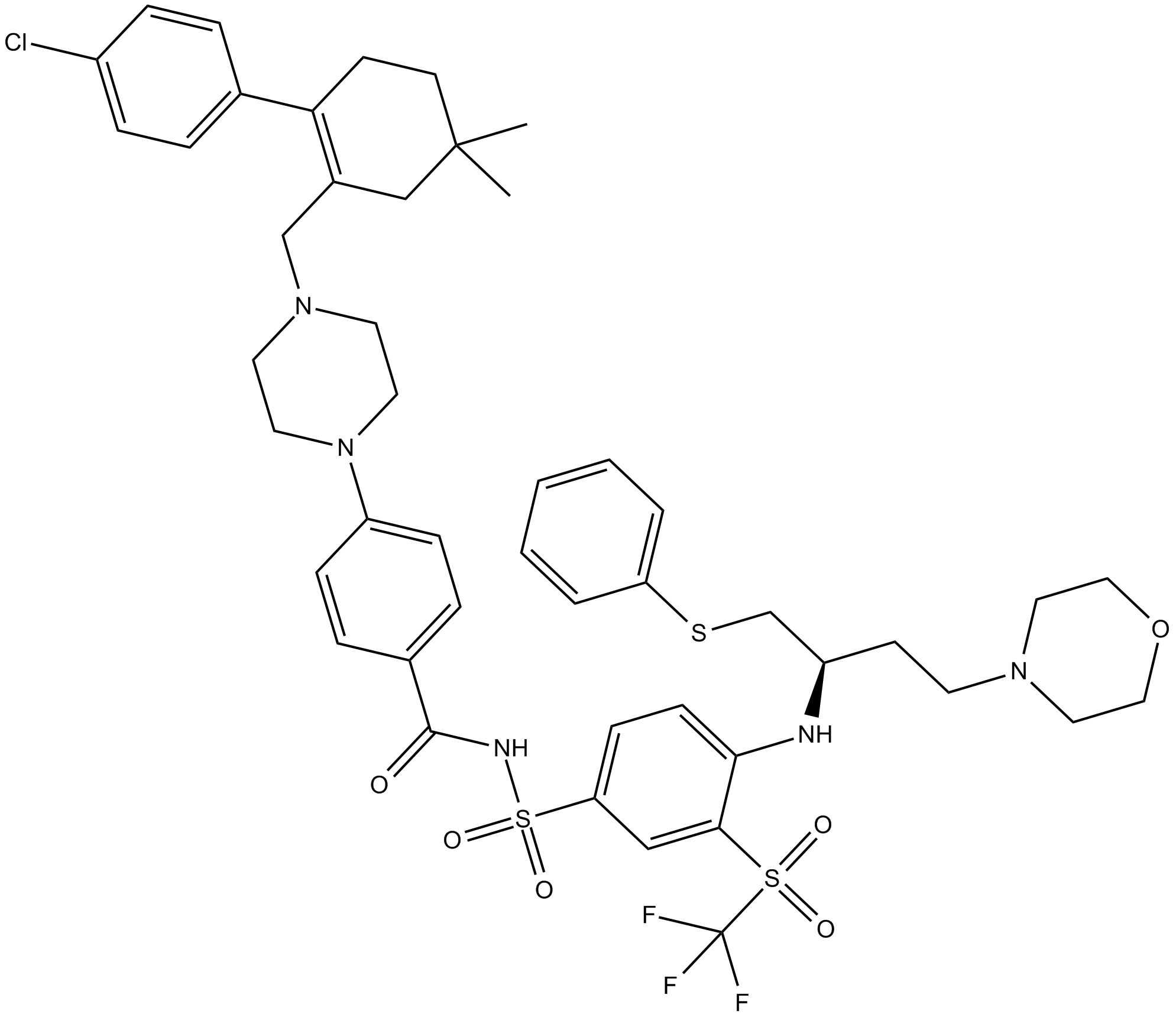 A3007 ABT-263 (Navitoclax)56 CitationTarget: Bcl-2|Bcl-wSummary: Bcl-2 family inhibitor
A3007 ABT-263 (Navitoclax)56 CitationTarget: Bcl-2|Bcl-wSummary: Bcl-2 family inhibitor -
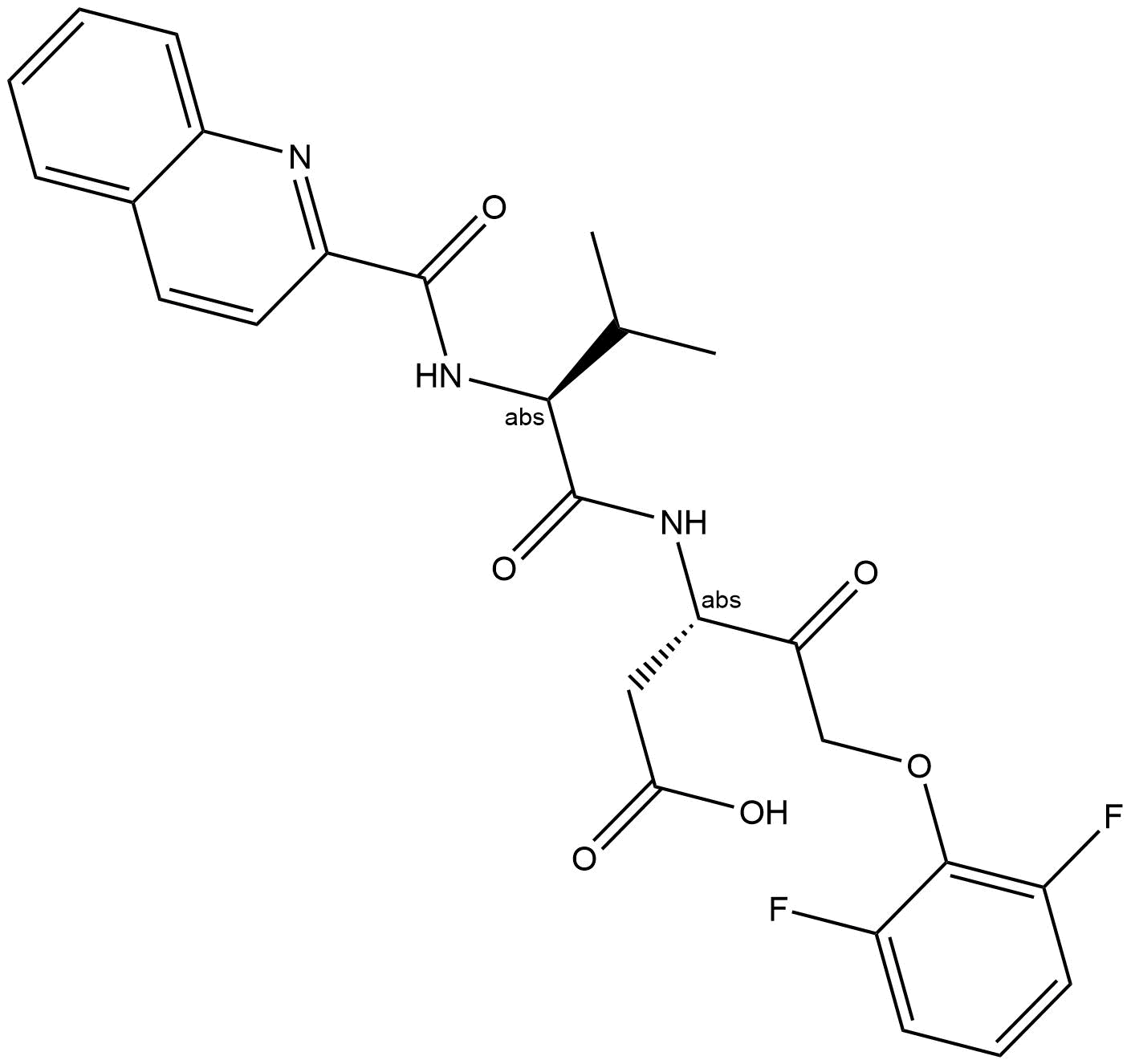 A1901 Q-VD-OPh84 CitationTarget: CaspasesSummary: pan-caspase inhibitor
A1901 Q-VD-OPh84 CitationTarget: CaspasesSummary: pan-caspase inhibitor -
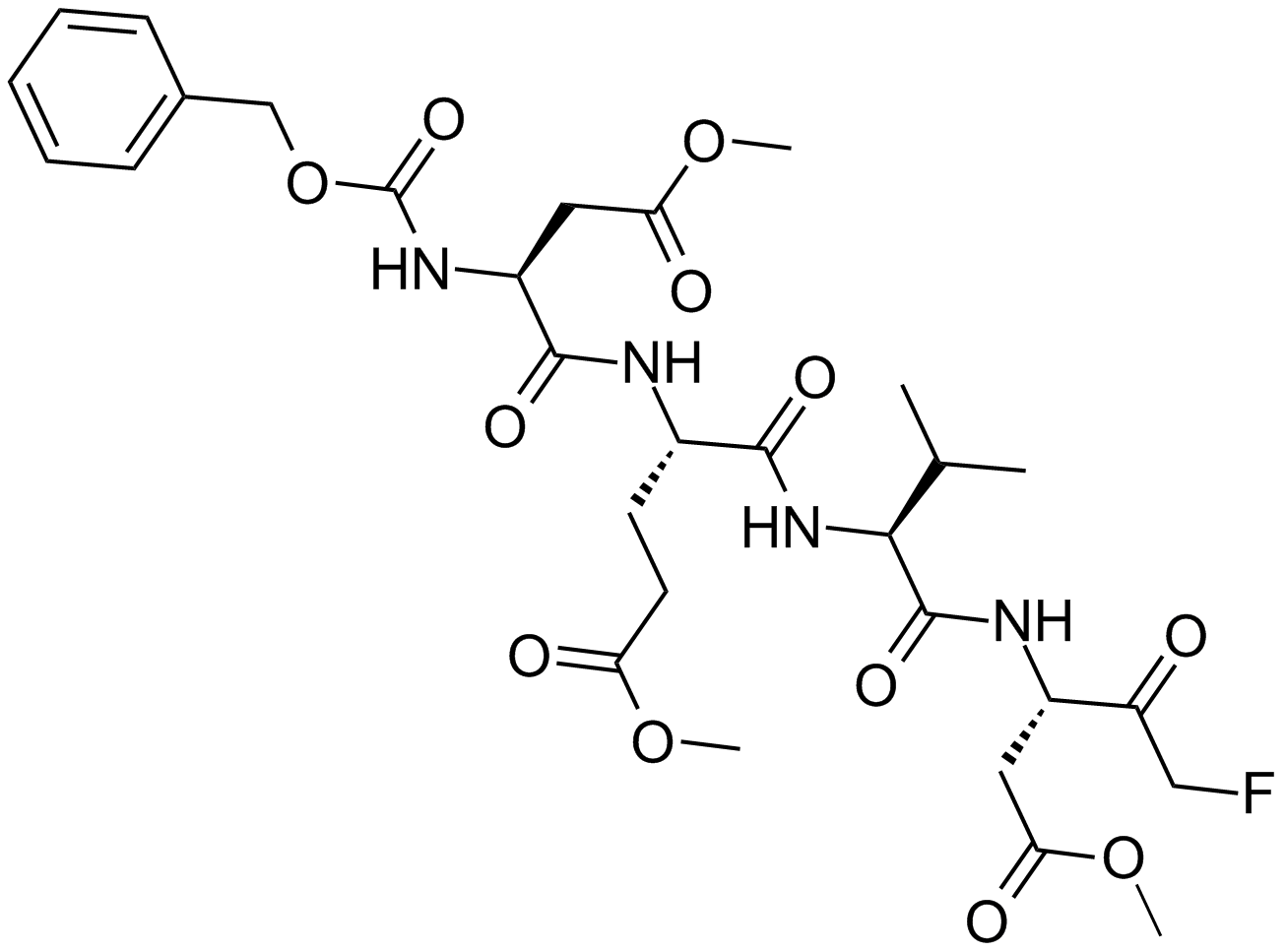 A1920 Z-DEVD-FMK38 CitationTarget: CaspasesSummary: Caspase-3 inhibitor
A1920 Z-DEVD-FMK38 CitationTarget: CaspasesSummary: Caspase-3 inhibitor -
 A4472 Mdivi 16 CitationSummary: Selective DRP1/Dnm1 inhibitor, cell-permeable
A4472 Mdivi 16 CitationSummary: Selective DRP1/Dnm1 inhibitor, cell-permeable -
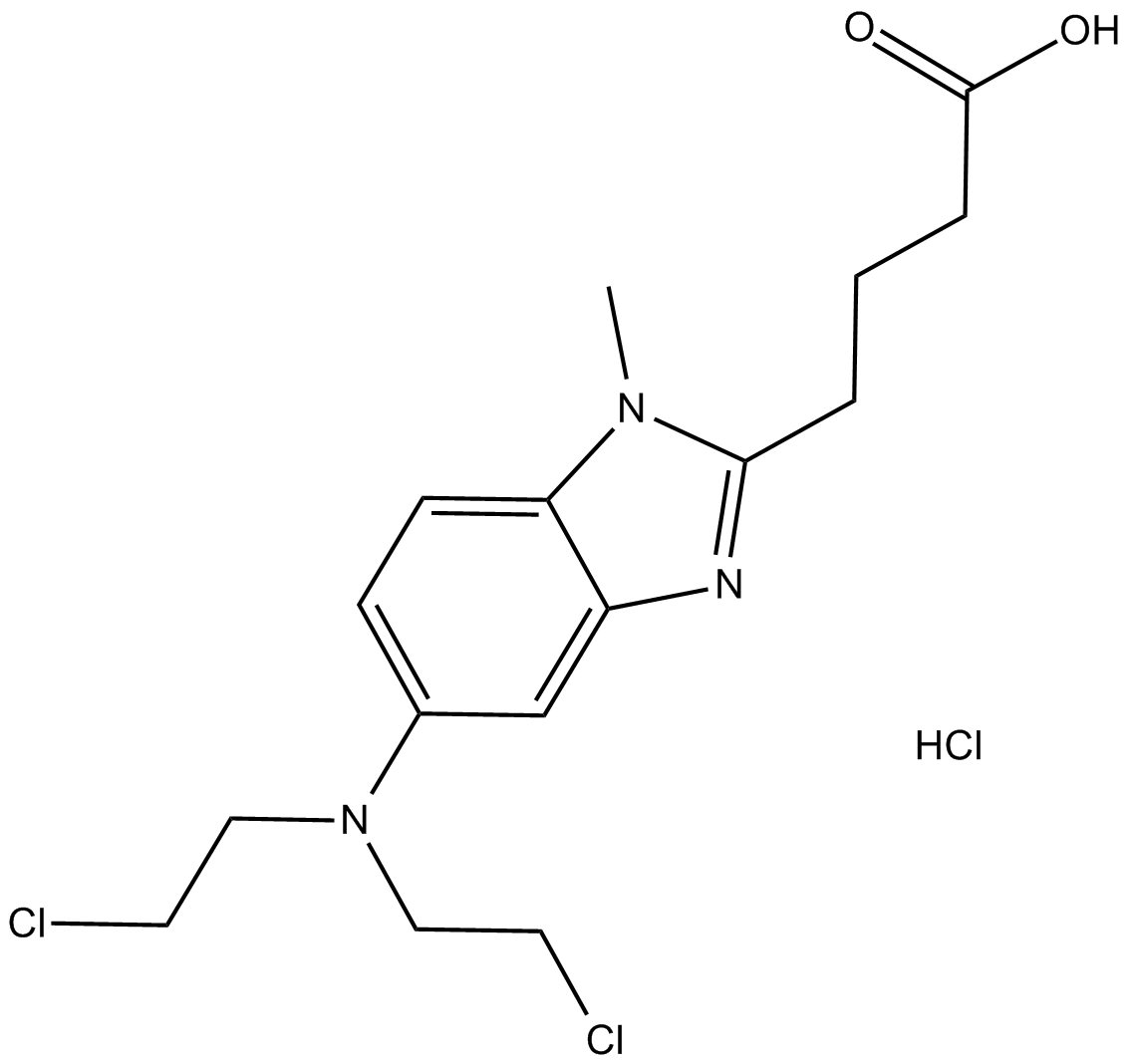 A1984 Bendamustine HClSummary: Cytostatic agent for non-Hodgkin lymphomas
A1984 Bendamustine HClSummary: Cytostatic agent for non-Hodgkin lymphomas -
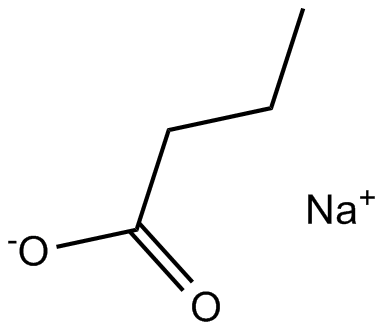 B1835 Sodium butyrate1 CitationTarget: Histone Deacetylases (HDACs)Summary: Histone deacetylase inhibitor
B1835 Sodium butyrate1 CitationTarget: Histone Deacetylases (HDACs)Summary: Histone deacetylase inhibitor -
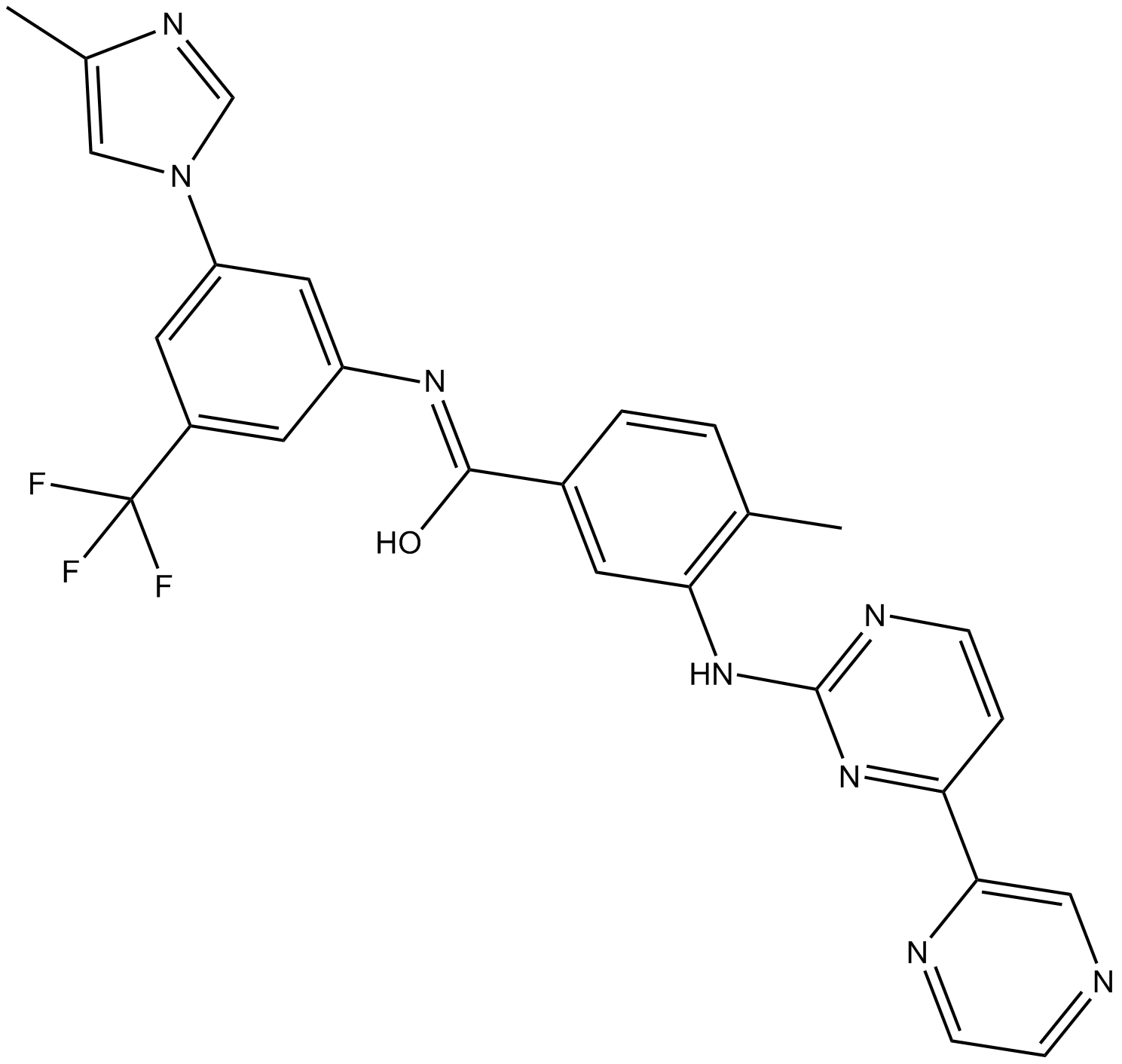 B5846 Radotinib(IY-5511)Target: PDGFR|Bcr-AblSummary: Bcr-Abl tyrosine kinase inhibitor
B5846 Radotinib(IY-5511)Target: PDGFR|Bcr-AblSummary: Bcr-Abl tyrosine kinase inhibitor



